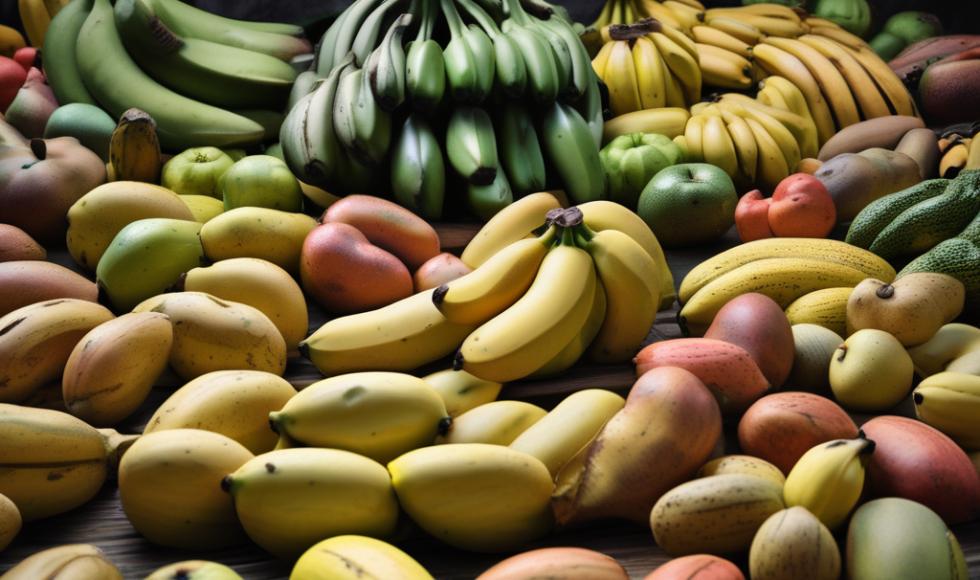Jimmy Creith is a Field Applications Scientist in bioinformatics. They work with Oxford Nanopore Technologies and presented the London Calling 2024 Masterclass I watched tonight. The session title was “How to analyse your data with EPI2ME.” We will use EPI2ME in the course. Creith focused on how EPI2ME can be used for small and large […]
We are going to use the Nanopore NO-MISS workflow. It will be used to sequence several microbial isolates. This is part of the Portable Genome Sequencing course. In preparation, this London Calling 2024 session seemed useful. Alex Trotter, Development Scientist, and Chris Alder, Bioinformatician, are both at Oxford Nanopore Technologies. They presented “How to sequence […]
Bosheng Li from the Institute of Advanced Agricultural Sciences of Peking University in China presented at London Calling 2024. The session’s title was “Plant T2T genome assembly using ultra-long and adaptive nanopore sequencing.” They spoke about the importance of ultra-long reads. These reads produce N50 length >100 kb. These are crucial in the assembly of […]
Alexander Wittenberg from KeyGene in the Netherlands spoke at London Calling 2024 about “Unlocking the banana pangenome: harnessing genetic diversity.” They explained that the genetic diversity of bananas is very low because of the passaging of a single clone. Fusarium wilt and black Sigatoka cause disease and elicit the spraying of large amounts of pesticides. […]
Temitayo A. Olagunju from the University of Idaho presented at London Calling 2024 on “Assembling a T2T cattle genome with Oxford Nanopore reads.”The breed of cattle they focused on is the gyr, with a characteristic hum on the back and important for milk production. They are often intercrossed/interbred with other bos cattle for their features […]
Tonight, I watched Max Schmidt from Geisenheim University in Germany speak about grapevine genomics at London Calling 2024. The title of the session is “Using Oxford Nanopore Sequencing in Grapevine Breeding.” The genome has 19 chromosomes and a total of 450 Mbp. Schmidt and team have been exploring variations and markers in the genome that […]
We often use Oxford nanopore reads for de novo assembly of genomes and plasmids. Sean Mckenzie, Associate Director of Genomic Applications Bioinformatics with Oxford Nanopore Technologies, provided an update on assembly performance. They described de novo assembly as “the process of reconstructing an organism’s genome sequence from a set of genomic sequencing reads.” There are […]
Basecaller updates are more frequent now, with new models and speed improvements. Tonight, I watched the London Calling 2024 session on basecaller advancements. Sam Davis, Principal Scientist, Machine Learning with Oxford Nanopore Technologies (ONT), spoke about the recently released models and chemistries. The V5 models offer 1.5Q accuracy improvement when compared to previous versions. Davis […]
Tonight, I watched the London Calling EPI2ME product demo: “EPI2ME: democratising bioinformatics—from point-and-click analysis to custom integrations.” Natalia Garcia, a Bioinformatics Workflow Developer with Oxford Nanopore Technologies, explained how workflows use Nextflow and Docker containers. Seventeen workflows were available at the time of the recording during London Calling. Workflows can be run via the command […]
Mrinalini Watsa from the San Diego Zoo Wildlife Alliance presented at London Calling 2024 a session titled “Into the unknown: portable sequencing empowers global conservation genomics.” I believe Watsa presented at a previous London Calling. They spoke about biodiversity loss and how we likely don’t know the true diversity. Watsa presented examples of amphibian genomic […]








